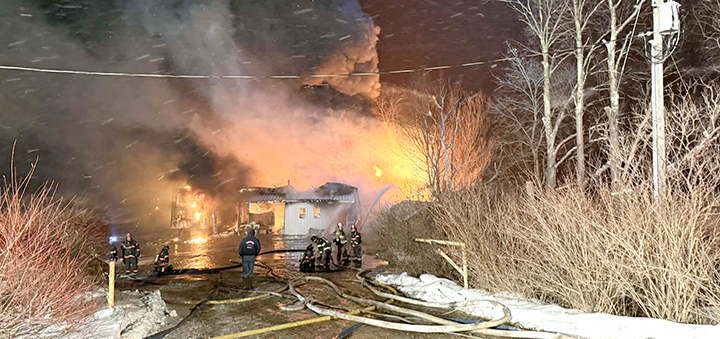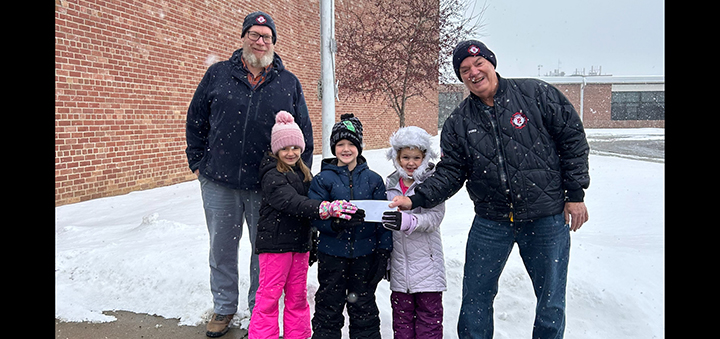Late heavy snowfall could greatly reduce our deer population
It’s been a tough winter – at least since the new year began – for us and for many species of wildlife. We got a major break early when November and December generated very little snow. By the holidays, things were looking quite positive for those feathered and furred critters that spend their lives in the great outdoors. Then the decline started, ironically on the heels of a brief early-January thaw.
It was as though Mother Nature decided to condense an entire season’s winter weather into the final two months of the winter. Major snowfalls kept riding the jet stream to the Northeast, in the process carrying storms that repeatedly buried us with white stuff that varied from a few inches to a foot or more. Suddenly we were faced with snow depths that paralyzed foot travel, unless by snowshoes or skis
Perhaps it could’ve been worse, had we also experienced a prolonged period of sub-zero temperatures. But heavy snowfalls and severe cold don’t normally occur at the same time. However, once our snow covering reached critical depth, it translated to life-and-death struggles for some wildlife, in particular, deer and wild turkey. Since it arrived so late in the winter season, a time when wildlife is the most weakened and vulnerable, it was doubling damaging. Once snow depth reaches a deer’s belly area, travel becomes very difficult and tiring, as does just finding and reaching adequate browse to keep them from starving.








Comments